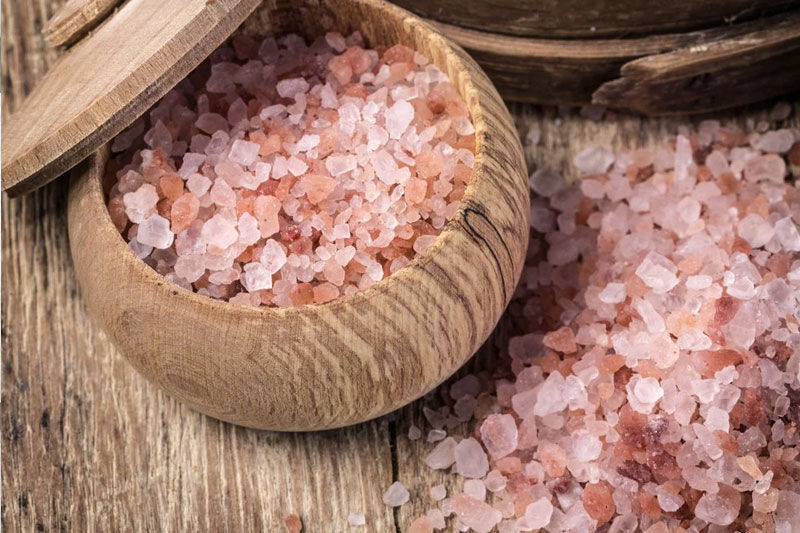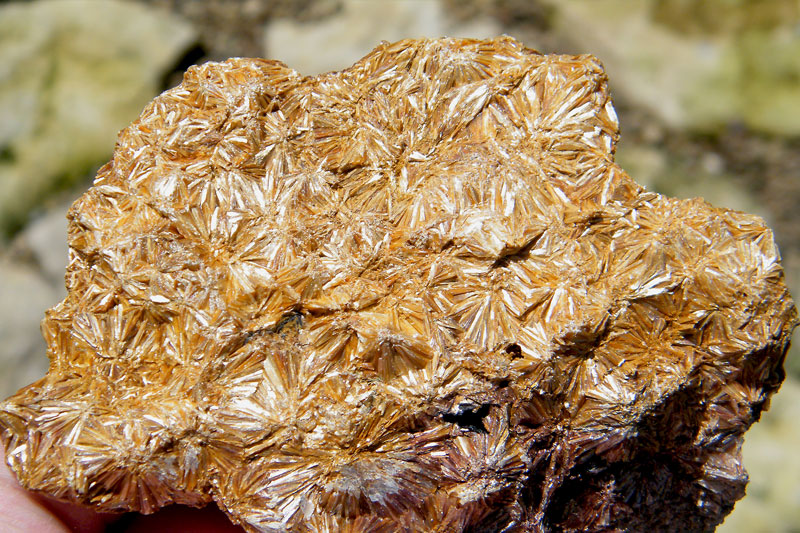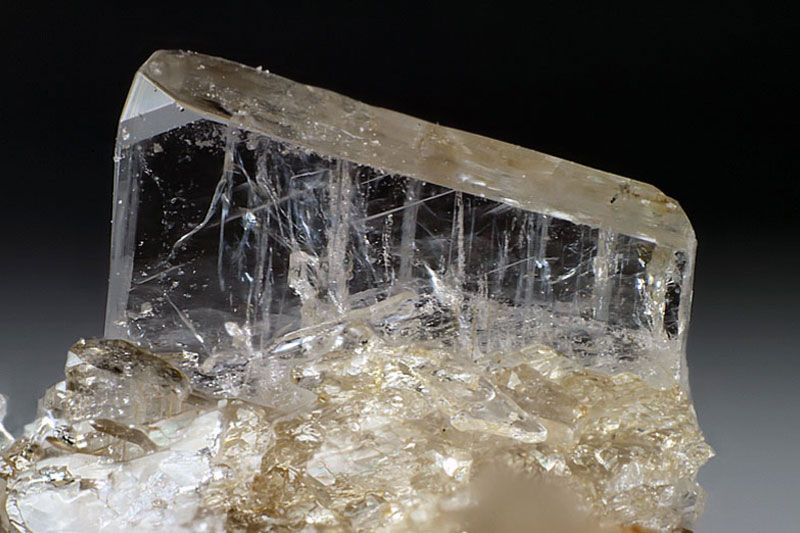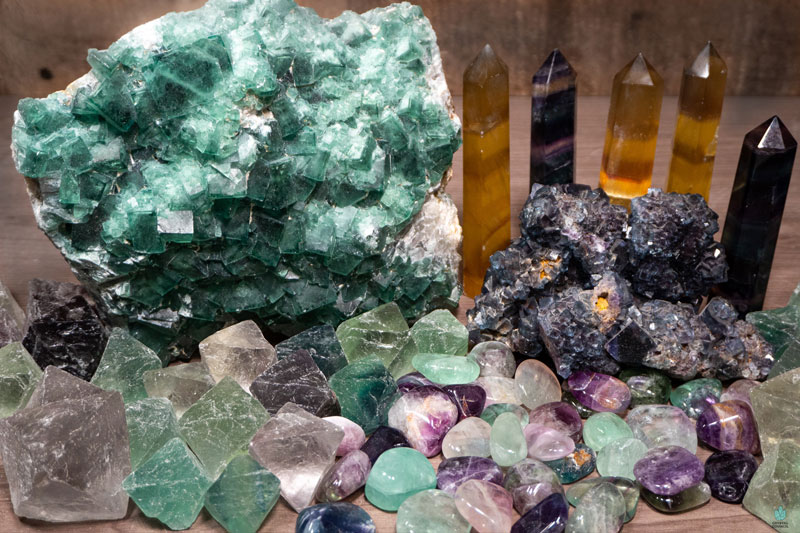Rock Salt
Rock salt
Rock salt is the salt left behind by ancient oceans millions of years ago when lakes dried up. These salt layers are now located underground or inside mountains. Rock salt refers to dry salt extracted from evaporite rock layers using mining techniques. Most salt mines are underground, but in salt deserts, rock salt is also extracted on the surface.
Rock salt can be found all over the world. Deposits surround the surfaces of dry lakes and river deltas in arid regions. At different times in geological history, large bodies of water, such as the Mediterranean Sea and a significant portion of the water that now exists in the Atlantic Ocean, also evaporated and formed massive deposits of rock salt. These deposits were later buried by marine sediments. However, due to halite’s lower density compared to the overlying sediments, salt layers are often pierced through the sediments, creating dome-like structures.
Mining Rock Salt
Rock salt is mined through underground mining, which is one of the most dramatic methods of obtaining salt. Large-sized machines move through cave-like passages and perform various operations. Salt mines are known for their safety, while the temperature in the mines varies with depth, with an average temperature of around 70 degrees Fahrenheit throughout the year.
Salt can appear in veins similar to coal. Veins are the original salt deposits. Salt can also be found in domes formed when the pressure of the Earth forced salt to rise through cracks in the bedrock from depths of up to 30,000 to 40,000 feet. They resemble circular plugs ranging from hundreds of meters to a mile in size. Some domes occur near the surface. Both domes and veins are extracted using similar methods. Most domes in North America are located from Alabama to Texas, with many of them being underwater in the Gulf of Mexico.

To enter a salt mine, miners descend down a shaft from the surface to the salt layer. Each mine has two shafts, one for personnel and the other for lowering materials and equipment into the mine. Additionally, the extracted rock salt is lifted to the surface. The shafts are also used to provide a continuous supply of fresh air to the miners working hundreds to thousands of feet below the surface. Most mine shafts are lined with a concrete wall called the shaft lining.




